The rapid collapse of Afghanistan’s security forces in August 2021, despite billions of dollars in arms and training over 20 years of war, have been central to criticism of the Biden administration’s handling of the
chaotic U.S. withdrawal.
Don't blame Biden --- It all started back in 2001 in the Bush Administration, preceded by the rapid withdrawal from the War in Vietnam. . ."Just as after Vietnam, today U.S. policymakers and the public they serve may have sound reasons for avoiding another prolonged conflict and reconstruction mission. However, that does not mean such an endeavor is avoidable in the future. . ."
As SIGAR’s Stabilization report notes, “there will likely be times in the future when insurgent control or influence over a particular area or population is deemed an imminent threat to U.S. interests.” If the U.S. government does not prepare for that likelihood, it may once again try to build the necessary knowledge and capacity on the fly. As seen in Afghanistan and Iraq, doing so has proven difficult, costly, and prone to avoidable mistakes.
. . .In conclusion, this report raises critical questions about the U.S. government’s ability to carry out reconstruction efforts on the scale seen in Afghanistan. . ."
Since its founding in 2008, SIGAR has tried to make the U.S. government’s reconstruction of Afghanistan more likely to succeed. Our investigations held criminals accountable for defrauding the U.S. government; our audits and special projects reports identified weaknesses in programs before it was too late to improve them; our quarterly reports provided near real-time analysis of reconstruction problems as they unfolded; and our lessons learned reports identified challenges that threaten the viability of the entire American enterprise of rebuilding Afghanistan, and any similar efforts that may come after it
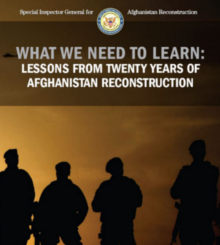
The U.S. government has now spent 20 years and $145 billion trying to rebuild Afghanistan, its security forces, civilian government institutions, economy, and civil society. The Department of Defense (DOD) has also spent $837 billion on warfighting, during which 2,443 American troops and 1,144 allied troops have been killed and 20,666 U.S. troops injured. Afghans, meanwhile, have faced an even greater toll. At least 66,000 Afghan troops have been killed. More than 48,000 Afghan civilians have been killed, and at least 75,000 have been injured since 2001—both likely significant underestimations.
Lesson 1: Strategy
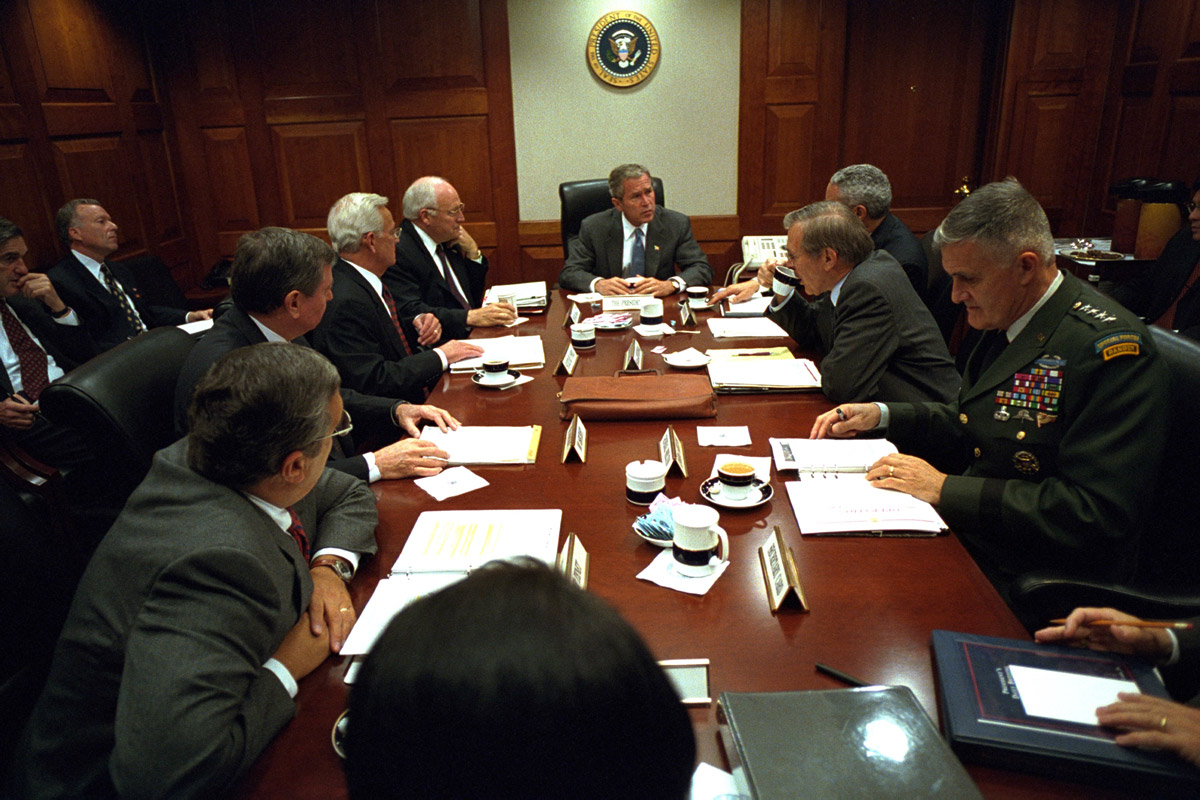
President George W. Bush meets with the National Security Council in the Situation Room of the White House on September 20, 2001. (White House photo)
The U.S. government continuously struggled to develop and implement a coherent strategy for what it hoped to achieve
The extraordinary costs were meant to serve a purpose—though the definition of that purpose evolved over time. At various points, the U.S. government hoped to eliminate al-Qaeda, decimate the Taliban movement that hosted it, deny all terrorist groups a safe haven in Afghanistan, build Afghan security forces so they could deny terrorists a safe haven in the future, and help the civilian government become legitimate and capable enough to win the trust of Afghans. Each goal, once accomplished, was thought to move the U.S. government one step closer to being able to depart.
While there have been several areas of improvement—most notably in the areas of health care, maternal health, and education—progress has been elusive and the prospects for sustaining the progress that was made are dubious. The U.S. government has been often overwhelmed by the magnitude of rebuilding a country that, at the time of the U.S. invasion, had already seen two decades of Soviet occupation, civil war, and Taliban brutality.
>> After conducting more than 760 interviews and reviewing thousands of government documents, our lessons learned analysis has revealed a troubled reconstruction effort that has yielded some success but has also been marked by too many failures. Using this body of work, as well as the work of other oversight organizations, SIGAR has identified seven key lessons that span the entire 20-year campaign and can be used in other conflict zones around the globe.
Read More (PDF)
Lesson 2: Timelines
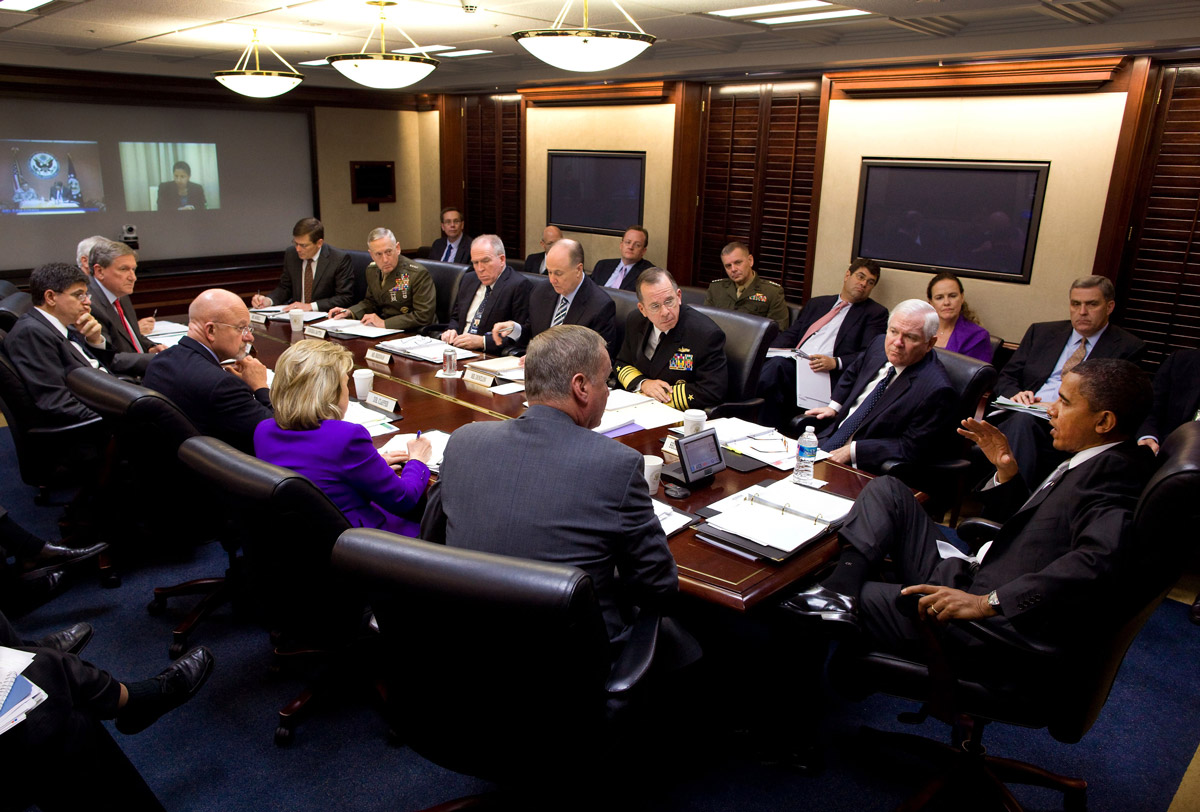
President Obama meets with his national security team on Afghanistan and Pakistan in the Situation Room of the White House, on October 20, 2010. (White House Photo by Pete Souza)
The U.S. government consistently underestimated the amount of time required to rebuild Afghanistan, and created unrealistic timelines and expectations that prioritized spending quickly. These choices increased corruption and reduced the effectiveness of programs.
Lesson 3: Sustainability
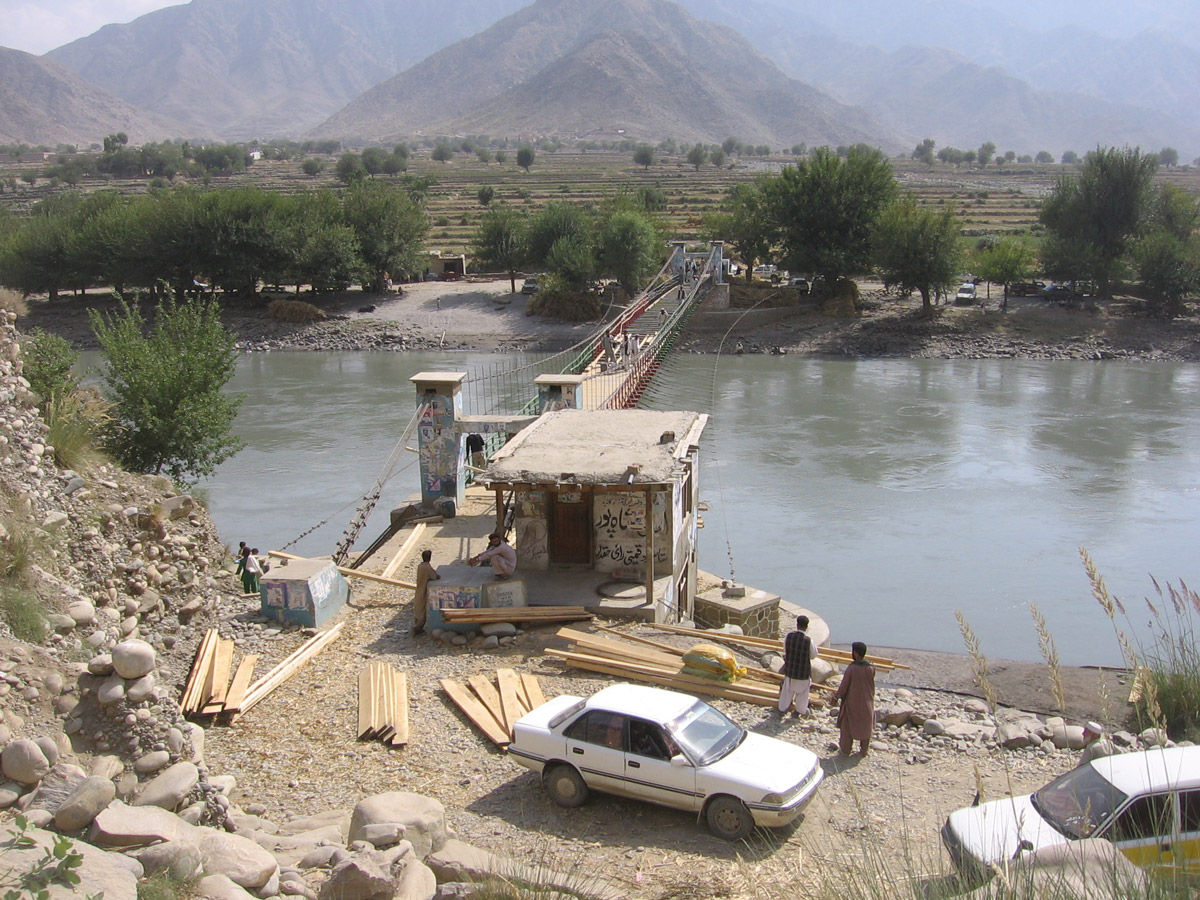
Members of PRT Kunar prepare to examine a bridge under construction in Marawara District, Kunar Province, in 2005. (Photo by Harold Ingram)
Many of the institutions and infrastructure projects the United States built were not sustainable.
Lesson 4: Personnel
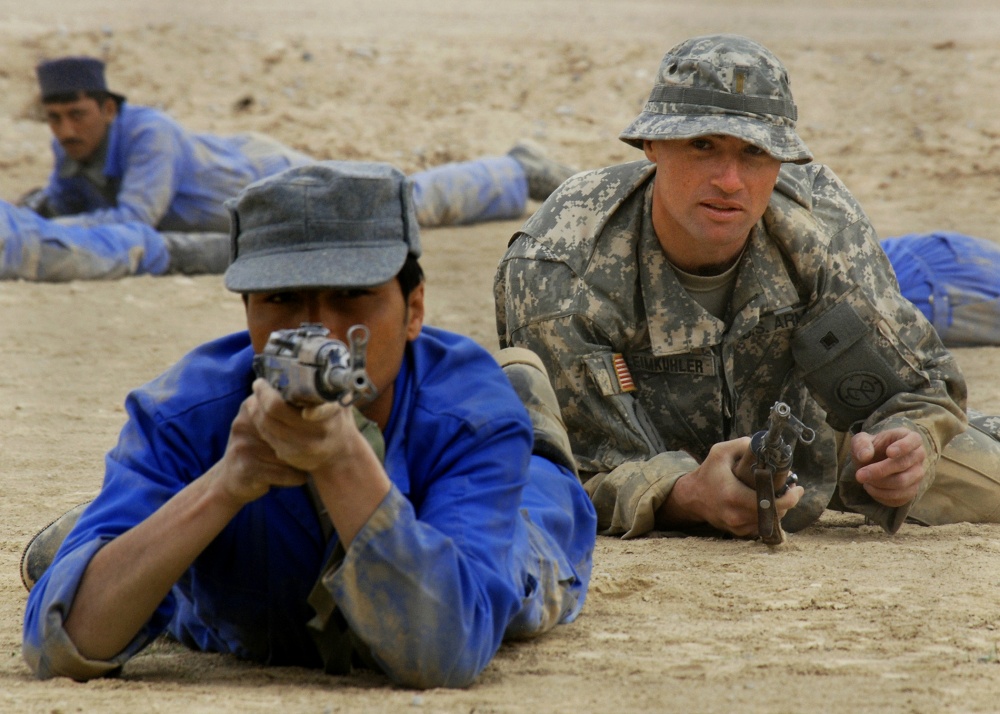
U.S. Army officer and Afghan National Police practice tactical movement as part of the Focused District Development training program at the Kandahar Regional Training Center. (NTM-A photo by David Votroubek)
Counterproductive civilian and military personnel policies and practices thwarted the effort.
Lesson 5: Insecurity
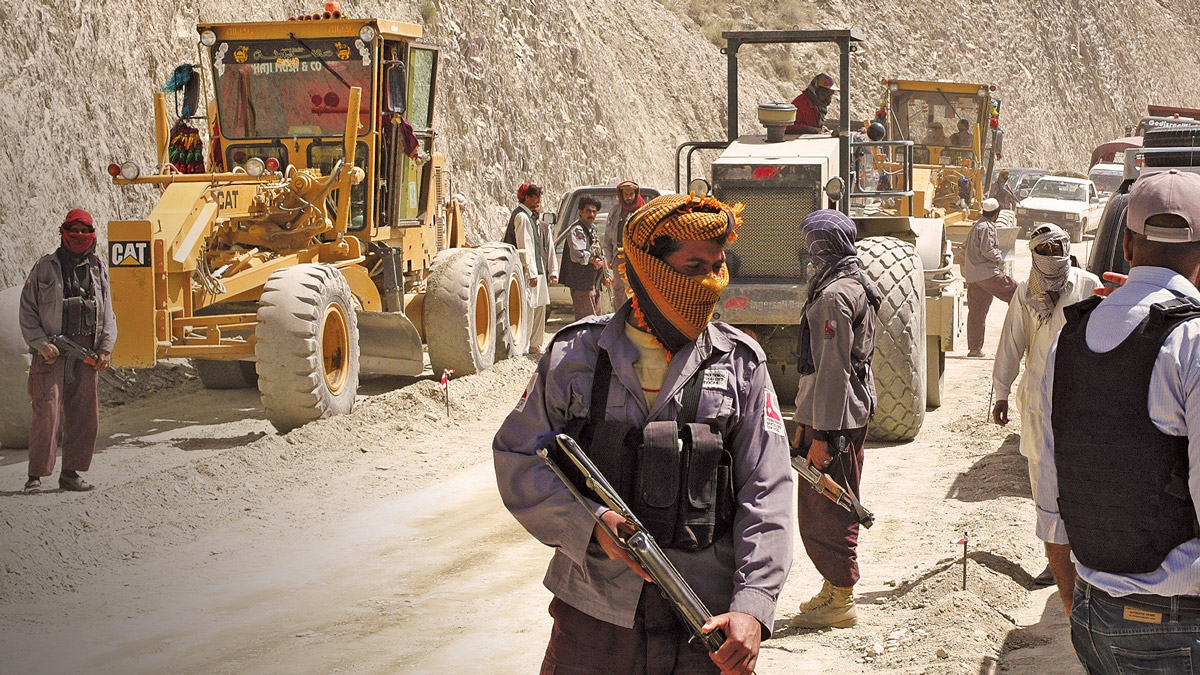
Private security contractors protect the construction of the Khost-Gardez road, on March 30, 2010. (USAID photo)
Persistent insecurity severely undermined reconstruction efforts
Lesson 6: Context
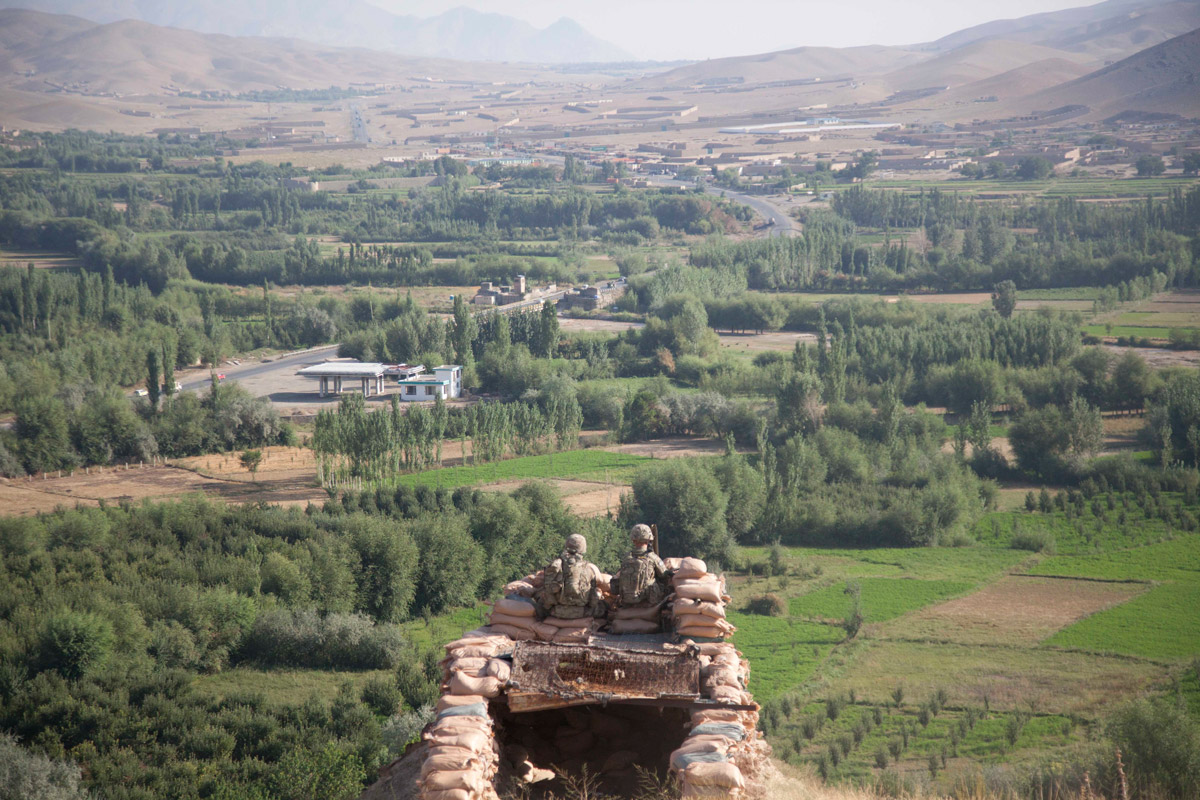
U.S. soldiers with the 1st Battalion, 5th Cavalry Regiment man an observation post overlooking Highway 1 in Wardak province, on Aug. 12, 2013. (U.S. Army photo by 1st Lt. Yau-liong Tsai)
The U.S. government did not understand the Afghan context and therefore failed to tailor its efforts accordingly.
Lesson 7: Monitoring and Evaluation
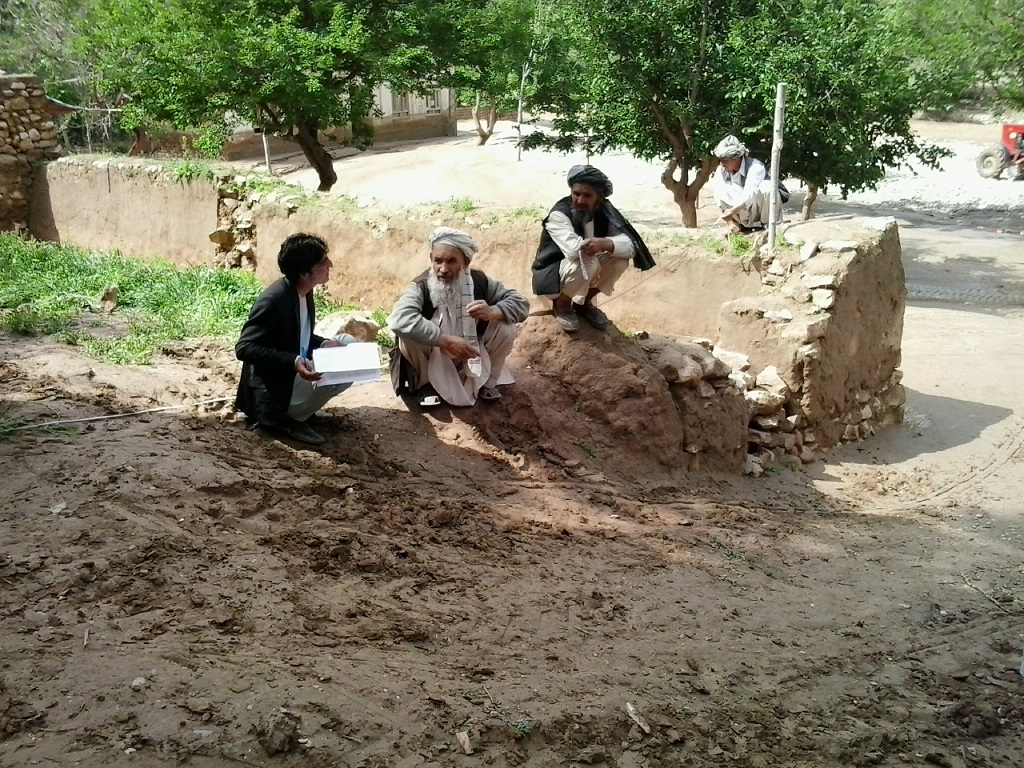
A USAID-funded program evaluator interviews an elder in Aybak District, Samangan Province, in May 2014. (USAID photo)
U.S. government agencies rarely conducted sufficient monitoring and evaluation to understand the impact of their efforts.
>> IN CONCLUSION: The post-Afghanistan experience may be no different. As this report shows, there are multiple reasons to develop these capabilities and prepare for reconstruction missions in conflict-affected countries:
- They are very expensive. For example, all war-related costs for U.S. efforts in Afghanistan, Iraq, and Pakistan over the last two decades are estimated to be $6.4 trillion.
- They usually go poorly.
- Widespread recognition that they go poorly has not prevented U.S. officials from pursuing them.
- Rebuilding countries mired in conflict is actually a continuous U.S. government endeavor, reflected by efforts in the Balkans and Haiti and smaller efforts currently underway in Mali, Burkina Faso, Somalia, Yemen, Ukraine, and elsewhere.
- Large reconstruction campaigns usually start small, so it would not be hard for the U.S. government to slip down this slope again somewhere else and for the outcome to be similar to that of Afghanistan.
READ THE FULL REPORT >> https://www.sigar.mil/pdf/lessonslearned/SIGAR-21-46-LL.pdf
U.S. watchdog details collapse of Afghan security forces
May 18, 2022 at 12:00 a.m. EDT
". . .The report said “the U.S. decision to withdraw military forces and contractors from Afghanistan,” despite the inability of Afghan forces to support themselves, was the most significant factor in the country’s collapse. “When the contractors pulled out, it was like we pulled all the sticks out of the Jenga pile and expected it to stay up,” former senior U.S. commander David Barno told researchers. “We built that army to run on contractor support. Without it, it can’t function. Game over.” . .
> Afghanistan’s security forces were beset by poor leadership at the top and were never trained to operate independently, the report stated. When U.S. troops departed and withdrew aerial support for government operations, the Afghan military began to falter.
> As the number of U.S. airstrikes dropped, Taliban forces began steadily isolating patches of government-controlled territory in Afghanistan. Afghan troops were unable to defend against the advances because the forces “never became a cohesive, substantive force capable of operating on its own,” the report said.
[ ] U.S. efforts to build a self-sufficient Afghan security force “were likely to fail from the beginning,” SIGAR noted, but the decision “to commit to a rapid U.S. military withdrawal sealed the [Afghan military’s] fate.”
Reference: https://www.washingtonpost.com/world/2022/05/18/us-watchdog-details-collapse-afghan-security-forces/











No comments:
Post a Comment